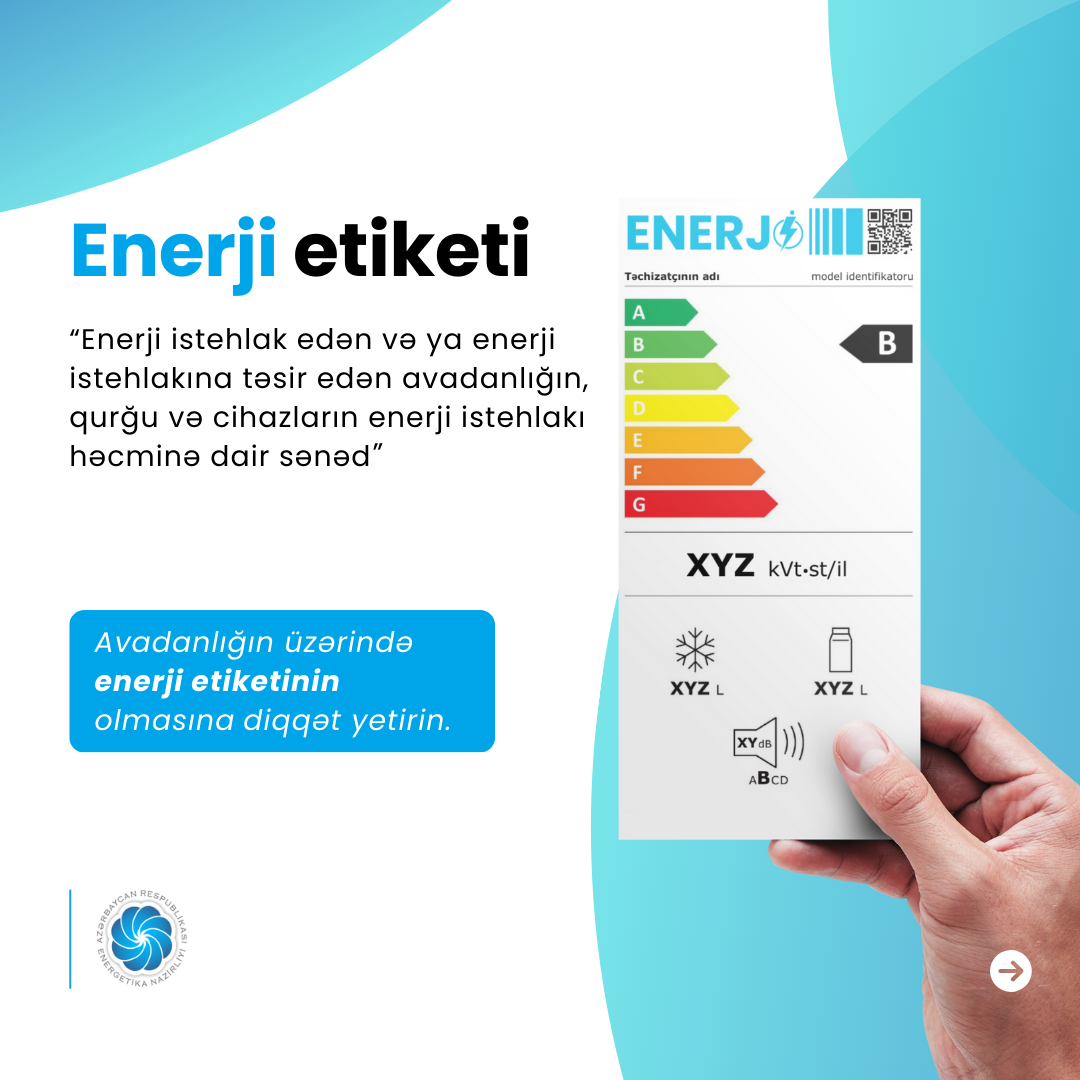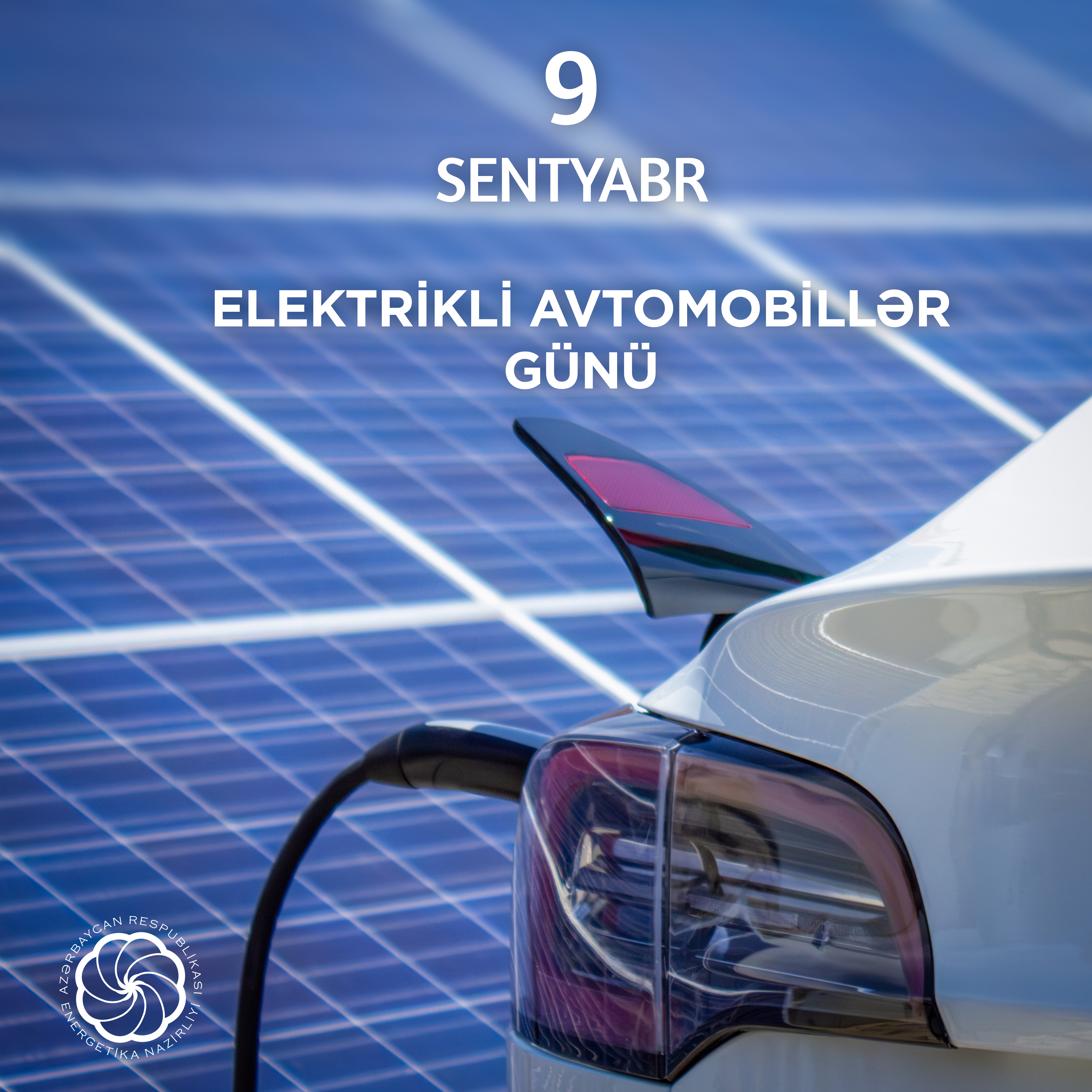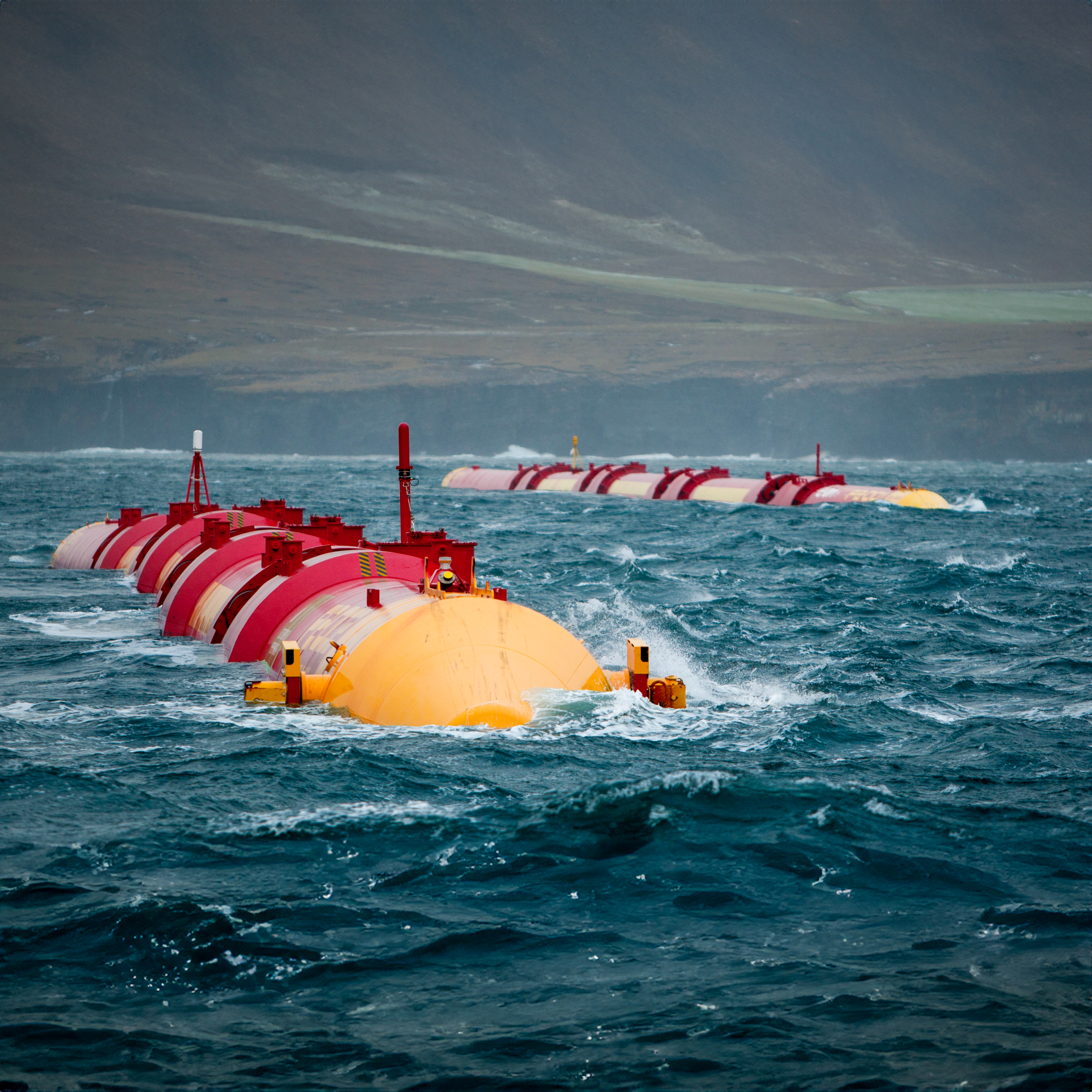- Main page
- Useful Information
Hydrogen energy
Hydrogen, the most abundant element in the universe was discovered in 1766 by Henry Cavendish. It is a gaseous energy carrier, and the only emission that is generated when burned is water. As a gas it is an energy carrier, and when it is burned the only emission it produces is water vapour. It can be used to produce electricity without emitting greenhouse gases, but at present this energy carrier is mainly used as a raw material for industry. At the same time, it can be produced from the decomposition of water into hydrogen and oxygen through electrolysis. The first industrial water electrolyser was developed in 1888.
Despite its abundant element on Earth, hydrogen is found almost exclusively in compounds, notably water molecules (hydrogen and oxygen) and fossil fuels (hydrogen and carbon). Hydrogen can be released from these compounds, but doing so requires energy. According to the technology of production, hydrogen is divided into gray, blue and green varieties.
Grey hydrogen is produced with fossil fuels. Examples of this are the steam methane reformation or hydrogen obtained by gasification of coal. The use of grey hydrogen entails substantial CO2 emissions. Around three-quarters of hydrogen is currently produced from fossil gas.
Blue hydrogen has the same production process as grey hydrogen, but is complemented by carbon capture and storage.
Green hydrogen is produced at the expense of electricity produced from renewable energy sources and is the most suitable type of hydrogen for a complete sustainable energy transition. Hydrogen gas is used mainly as a feedstock for the (petro)chemical industry, including crude oil refining, ammonia synthesis (primarily for fertiliser production) and methanol production for a wide variety of products (including plastics). Hydrogen can also be used as a fuel. When burned, it can generate heat of more than 1 000°C without emitting CO2. Further, hydrogen can be used in fuel cells, where it chemically reacts with oxygen to produce electricity. The only by-product of this chemical reaction is water vapour.
In recent years, Azerbaijan and international energy companies have been taking successive strategically important steps towards the creation of large-scale production capacities for renewable energy and the green energy export. Green energy projects to be implemented with such major energy companies as Masdar, ACWA Power, Fortescue Future Industries also include the production of green hydrogen.









